American XL bully ban: Owners and victims speak out
- Published
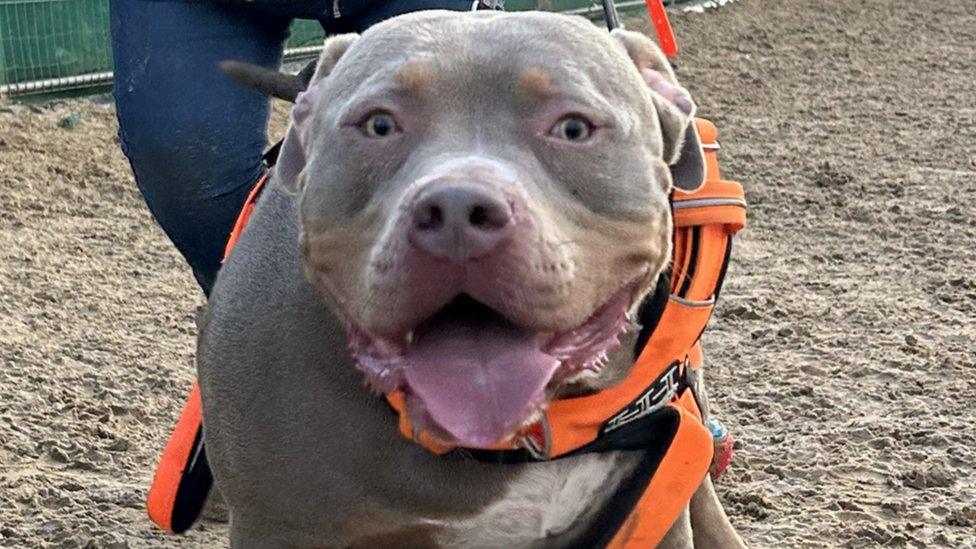
Bailey is an 18-month-old XL bully
From Thursday, people will be banned from keeping American XL bullies unless they get an exemption after the dog was listed as a dangerous breed in the wake of fatal attacks on humans. Shelters say they have seen a huge increase in XL bullies being handed in or abandoned. The BBC has been speaking to owners, experts and victims about the ban.
Bailey gives an excited jump, eager to keep the game of fetch going with his owner Danielle Thomas.
The 18 month-old fawn coloured XL bully is in an enclosed field Danielle has hired for his use near their South Tyneside home.
A DNA test has revealed Bailey is 74% American Staffordshire terrier, 16% American pit bull terrier, 3% Staffordshire Bull Terrier and the rest a mix of other bull type breeds.
He is kept muzzled and on a lead when outside the paddock or his home, not that he needs it from a safety perspective, Danielle stresses, but to "protect him" should anyone make any complaints.
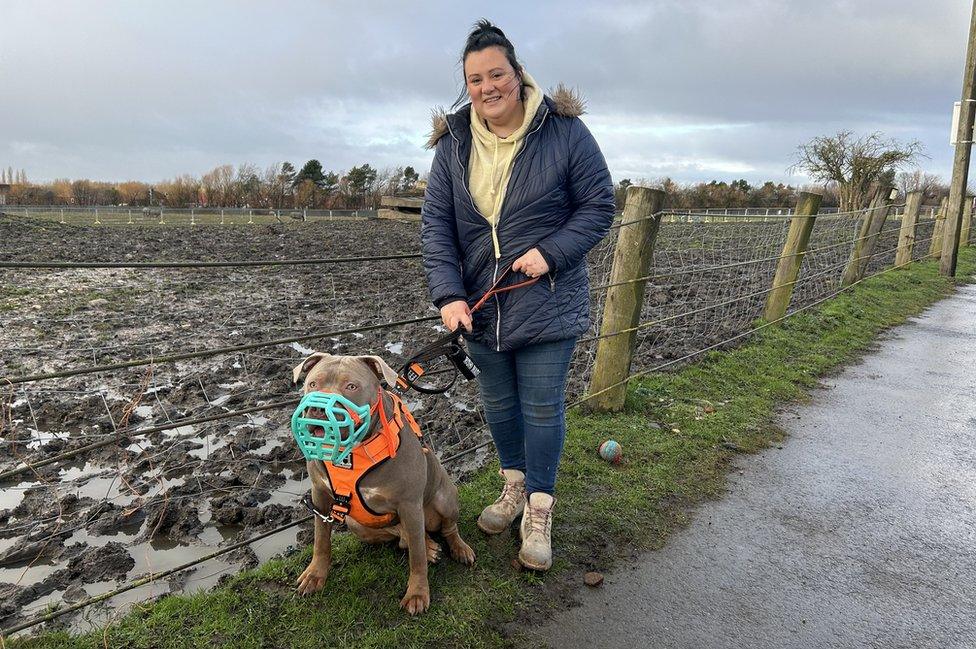
Danielle Thomas has had Bailey exempted from the ban
She and her family got Bailey in June and they have found him to be "absolutely brilliant". They took him in after a friend had to give him away as he was getting picked on by their other dogs.
He is one of the more than 30,000 dogs to have been granted an exemption to the XL bully ban, meaning he must be neutered, be kept muzzled in public and his owners must have third party liability insurance.
"I don't think banning them is the right way about it," Danielle says, adding: "The dogs should be judged on what they have done."
Attacks and deaths are "absolutely heartbreaking," she insists, but she blames the owners, especially those who get such large dogs as a status symbol.
"Yes they are strong dogs," Danielle says. "In the wrong hands they can cause damage but if you bring them up in a loving home and care for them, they do treat you with the same respect."
Elaine Atkinson from Cleator Moor has experienced the worst side of XL bullies.
Her beloved pet Rox was viciously mauled by five dogs, including two XL bullies, a lurcher and a terrier, while on a morning walk in Cleator Moor, Cumbria, in March 2023.

Rox defied medical opinion to survive after being mauled by five dogs including two XL bullies
The attack was started by one of the XL bullies which clamped on to Rox's neck and only came to an end when a man from a nearby industrial unit hit the attackers with a stick.
Elaine bruised her hand punching the nose of the XL bully gripping her dog, but it made no difference.
"I might as well have been hitting him with a feather," she says, adding: "It was horrendous."
Vets initially did not think Rox would survive her injuries, which included broken ribs and fractured lungs, but mercifully she pulled through.
Elaine is a self-confessed dog-lover but says she is now "petrified" of XL bullies. She signed the petition calling for them to be banned because "something had to be done".

Elaine Atkinson says she loves dogs but is petrified of XL bullies
The government agreed with the campaigners and announced a ban set to come into force on 1 February.
While many XL bully owners have applied for exemptions, others decided to give away or abandon their dogs, according to the Association of Cat and Dog Shelters, which represents 166 centres across England and Wales.
Since the ban was announced in September, some 377 XL bullies have either been handed in or picked up as strays by the association's shelters.
Some are struggling to cope, according to association board member David Bowles, who said: "It's hugely problematic."
Jane Gailliford, from Maxi's Mates shelter in Guisborough, says November was their busiest ever month for strays and surmised worried owners had "just let them go".

Jane Gailliford says she refuses to have dogs euthanised
She is opposed to the ban, saying: "It's not a bad dog, it's a bad owner". She is especially haunted by the rule that any XL bully handed into a shelter must be put to sleep if its owner is not found within seven days.
"It's disgusting," Jane says. "That's not what we set up to do, we don't put a dog down."
She says she and her staff will refuse to comply with the order and a dog warden will have to organise taking any dog to a vet to be put to sleep.
"It's like blood on our hands," Jane says, while David adds euthanising dogs would be "traumatic" for shelters.
Jane also says there is confusion over what an XL bully actually is, which is adding to worries.
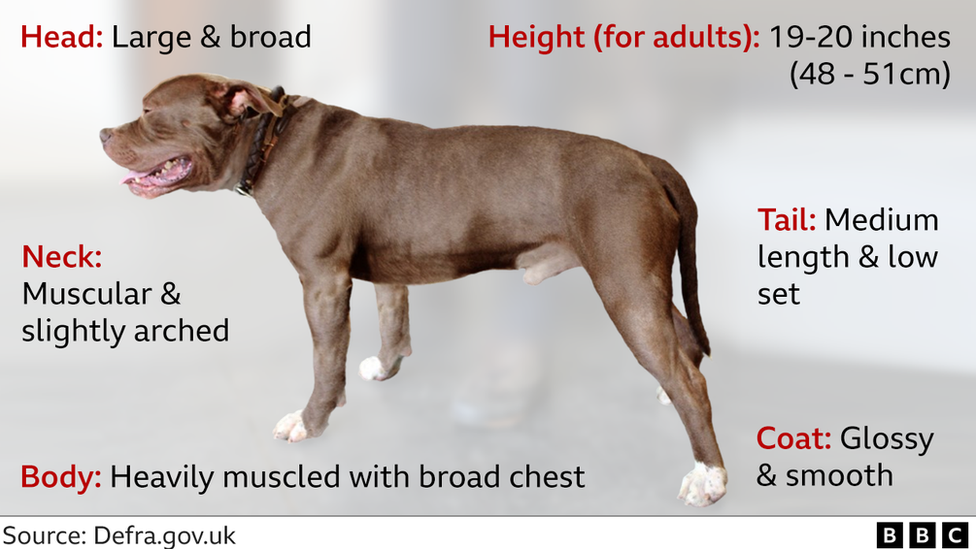
Certain criteria have to be met for a dog to be classed as an XL bully
The breed is not recognised by the UK Kennel Club, the country's official kennel club and the oldest in the world, and there is a checklist of criteria a dog must match to be classed as an XL bully, external.
Correct classification is a concern shared by dog owner Andrea Jane Taylor from Penshaw near Sunderland, whose dog Winston shares some of the features of an XL bully but is not one.
She fears the negative reaction he might get in public, adding he is a "gentle giant".
'I'm frightened that someone says you've got an XL'
The ban has come after a spate of attacks.
Since 2019 there have been 29 recorded deaths following an attack by a dog, according to the Office for National Statistics.
Thirteen of those were in 2023 and, while the government does not currently record the breed of dog, an increasing number have been attributed to dogs suspected to be XL bullies.
'Responsible ownership'
The first reported attack on a person involving an "American bully" was in Liverpool in 2017.
A toddler, who cannot be named for legal reasons, was severely injured by four dogs with their owner, Andrew McGowan, subsequently jailed.
In November 2021, 10-year-old Jack Lis was killed by an 18-month-old XL bully in Caerphilly in Wales while visiting a friend, with two people jailed.
A month later dog trainer and shelter owner Adam Watts was killed by a dog at his shelter in Kirkton of Auchterhouse, Scotland.
A further eight people were killed by XL bully dogs in 2022 and 2023, including 54-year-old father-of-one Ian Langley near Sunderland in October last year.
Dr Neil Hudson MP, the Conservative MP for Penrith and the first sitting MP since 1884 who is also a vet, agrees with the ban. Thanks to the ability to get exemptions, he says there is no need for a "mass cull".
It is an emotional subject for the dog-loving public but banning the animals is the "right thing to do", he says, coupled with ensuring "responsible ownership".

Tim Jackson said people need to read the body language of dogs
He says the XL bully-type dogs are a "unique newer breed" which, due to their "massive jaw structure" and "incredible power" could be fatal to both children and adults.
Tim Jackson, a veterinary nurse and canine behaviourist based in South Shields, says there are certain elements of the XL bully breed that could "potentially be causing a higher bite instinct".
But, he says, the biggest problem is people not recognising danger signs when a dog is becoming wound up or starting to ascend the "ladder of aggression".
"Dogs are great at telling us how they feel," he says. "The dogs get frustrated because we're ignoring their signals.
"If we were able to read the dogs' body language, we could prevent fights from escalating.
"Some owners put dogs in situations where they don't have any other option but to bite."

Follow BBC North East on Facebook, external, X (formerly Twitter), , externaland Instagram, external. Send your story ideas to northeastandcumbria@bbc.co.uk, external.
Related topics
- Published24 March
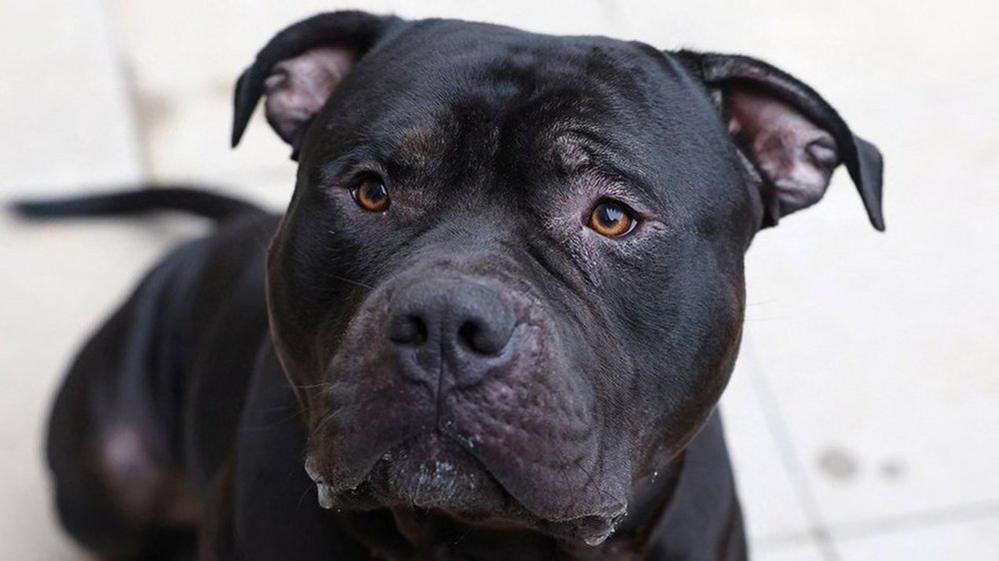
- Published31 December 2023
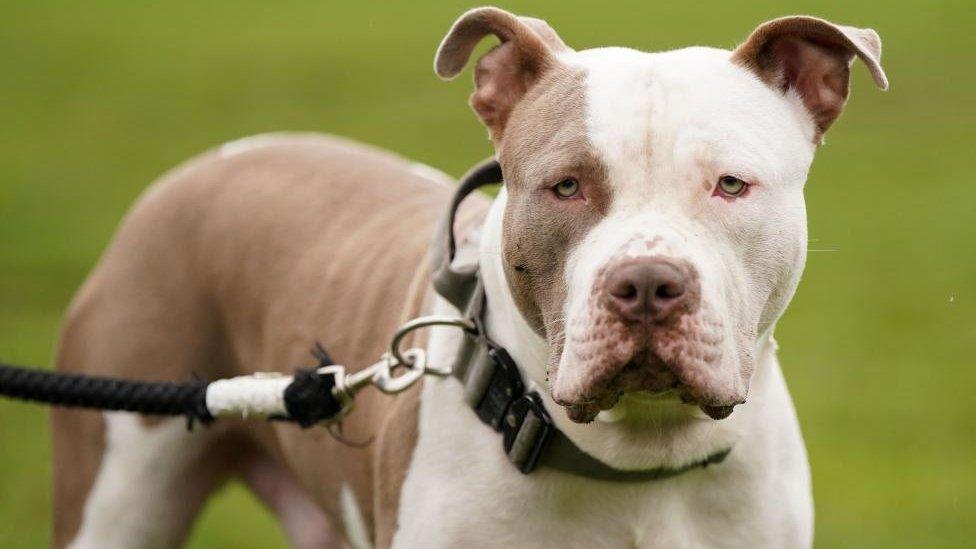
- Published29 December 2023
